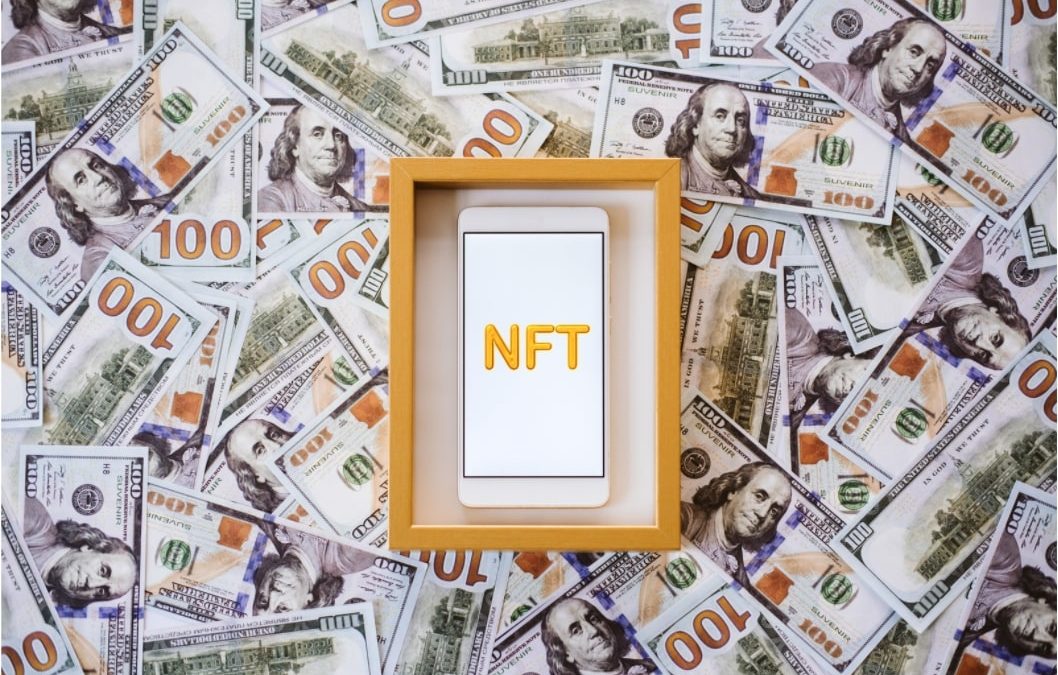Taylor Swift grabbed headlines in 2021 for the re-release of many of her songs under the moniker “Taylor’s version.”
The artist was upset that her former label owned the masters to all of her songs, leaving her at their mercy on some critical decisions — like whether to put the songs on popular streaming services like Spotify.
Ultimately, Swift wanted control of what she created and the final say on how her work was used. Many in the music industry are realizing that non-fungible tokens (NFTs) are the key to greater artist independence.
To date, artists are heavily dependent on music labels for the distribution and promotion of the work. Universal, Sony and Warner are by far the largest labels that control a major portion of the $11 billion per year United States music industry.
Artists have the potential to start selling CryptoArt as NFTs, generating a huge independent revenue source. This burgeoning revenue stream is coming at a critical time for artists because many of them have lost their seminal revenue source: touring.
The coronavirus pandemic shut down nearly all performances which left many artists without their biggest revenue stream. Shows produce ticket revenue, concession revenue and top artists move a major amount of merchandise as well. Billboard estimates that 75 percent of revenue for top artists comes from touring.
Simultaneously, revenue from streaming services like Apple Music and Spotify is underwhelming. Swift actually kept her music off Spotify for several years until she too gave in. Often artists need 100-200 streams just to make a dollar.
Selling digital artwork for musicians would work like this: the artist could release never-before-heard tracks, custom album artwork or even more elaborate music videos. Many fans will also enjoy the connection of supporting their artist directly.
Business Insider chronicled the success that producer Andre Alan Anjos (RAC) had as one of the first to experiment with digital art.
“He told Insider they first captured his attention in 2017,” Grace Kay wrote for BI. “Since, RAC has been able to generate a steady stream of income from selling NFTs, including selling what is likely the most expensive cassette tape of all time as an NFT in May. Prices for the tape skyrocketed from $20 to over $13,000 a piece in a matter of months.”
RAC said part of the allure of NFTs is that they cut out the middleman, the label, which facilitates business for their artists — but in some artists’ estimation takes advantage of young stars.
Business Insider quoted RAC, saying, “You can make a very good living on this by just being creative…It’s something we as musicians have really never had before because we have this very entrenched system where three major labels just run the show. By cutting them out we can capture more of that value for ourselves.”
The ripple effects of NFTs could be significant. Fans will follow their favorite artists, and if streaming platforms cannot produce enough revenue, artists may take their work directly to the fans by selling self-produced tracks — like when an independent artist used to produce their own CD.
The question is whether the NFT maintains its value if artists do that. Digital copies of the music could still be copied and shared, but the owner of the original token would have a unique piece of art like an original painting or a book signed by the author.
On the other hand, might the value of an iconic song appreciate in value for the original token holder? Like a fine wine, some NFTs might get better with age. CryptoArt is set to provide artists a new revenue stream, and in turn, breaking fresh ground will upset the status quo, which sooner or later becomes bound to change.

